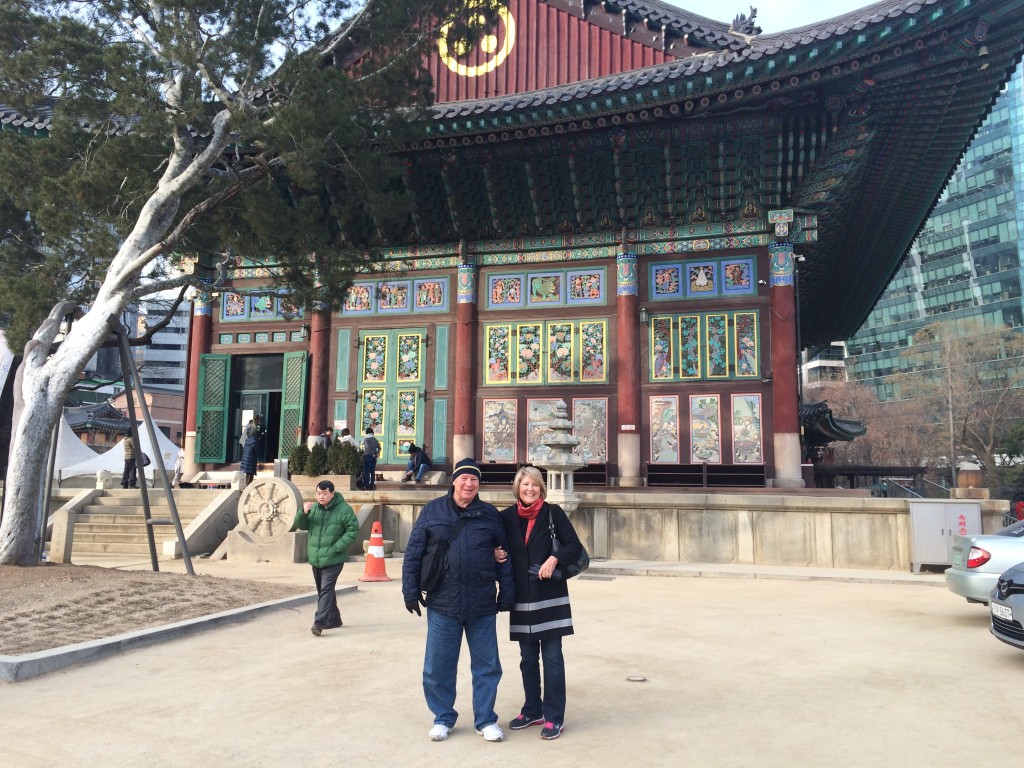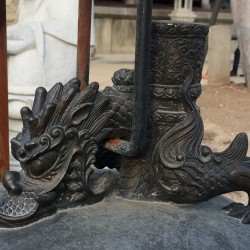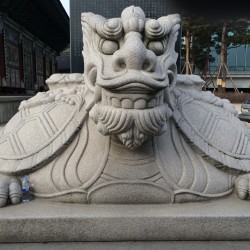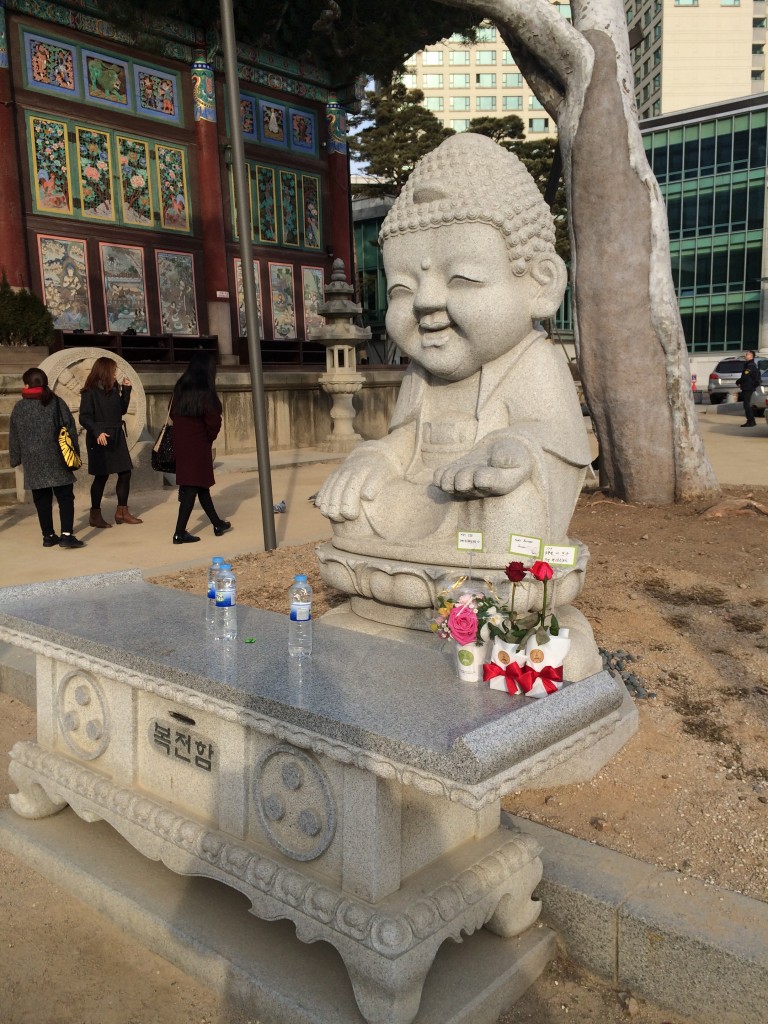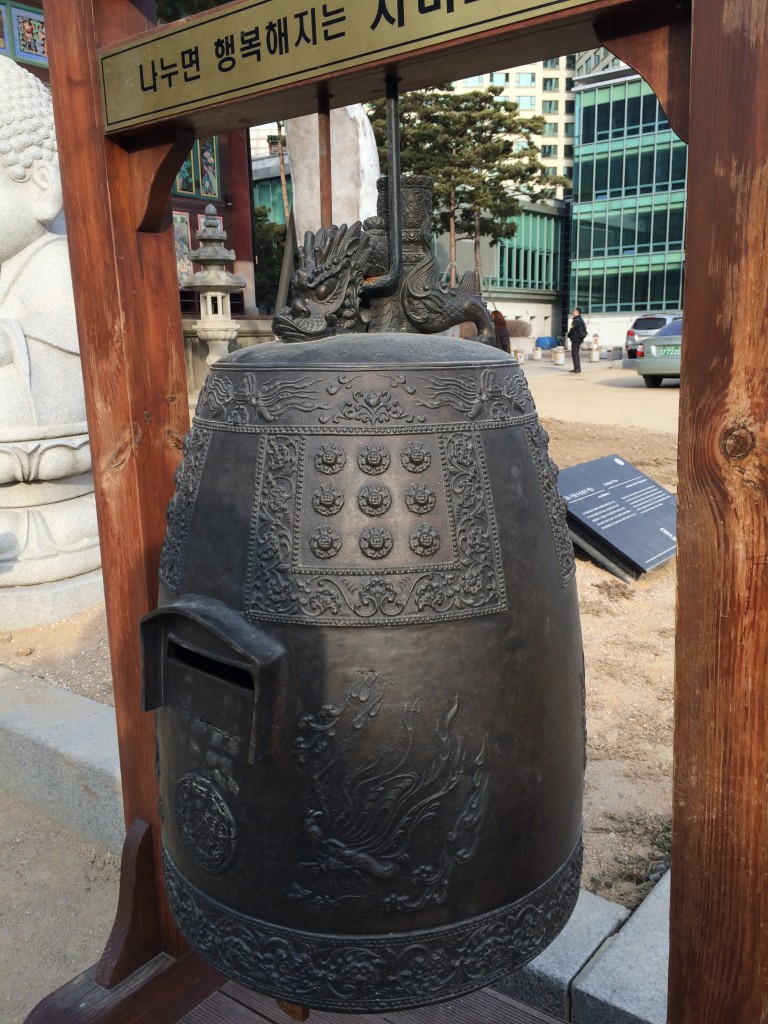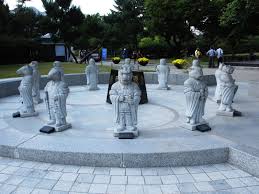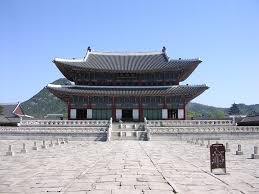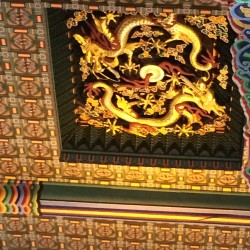Do you watch The Big Bang Theory? It’s possible that I laugh more watching this show than anything else I do. There are so many recurring themes running through the relationships between Sheldon, Amy Farrah Fowler, Leonard, Penny, Howard, Bernadette, and Raj that I enjoy. I think about them in the oddest moments. So much fun! Anyway…..
Fun With Flags is Sheldon’s baby. How he conceived it is a mystery. If the writers revealed it’s inspiration, I missed that episode; but, I don’t think they did and I don’t think I have. No matter, but, I do find myself noticing flags more than I have before.
The South Korean Flag, Taegeukgi, is a background of white symbolizing peace and purity, and a circle in the middle surrounded by four trigrams. The circle in the middle represents the balance of the universe. The blue represents the negative cosmic forces and the red, the positive. You’ll recognize the yin and yang design signifying the interplay of negative and positive forces. Nothing is black or white…..hence, the push and pull that creates balance.

The trigrams represent the principles of movement and harmony. Each one represents one of the elements: heaven, earth, fire (sun), water (moon) encompassing nature, seasons, virtues, family and including justice, fruition, wisdom and vitality. Wow! That’s pretty comprehensive. Is anything left out?
I’ll never see the Korean Flag again without being reminded of it’s symbolism. I love the fact that an image, a gathering of elements, can evoke such a feeling of oneness, of wholeness, with all humanity and the universe.
So, thank you, Chuck Lorre, Bill Prady, well…..all fifteen of you brilliant creators. I appreciate the message I receive from you often: there’s always more than appears on the surface and….. have fun with flags and…..JUST HAVE FUN!!!
